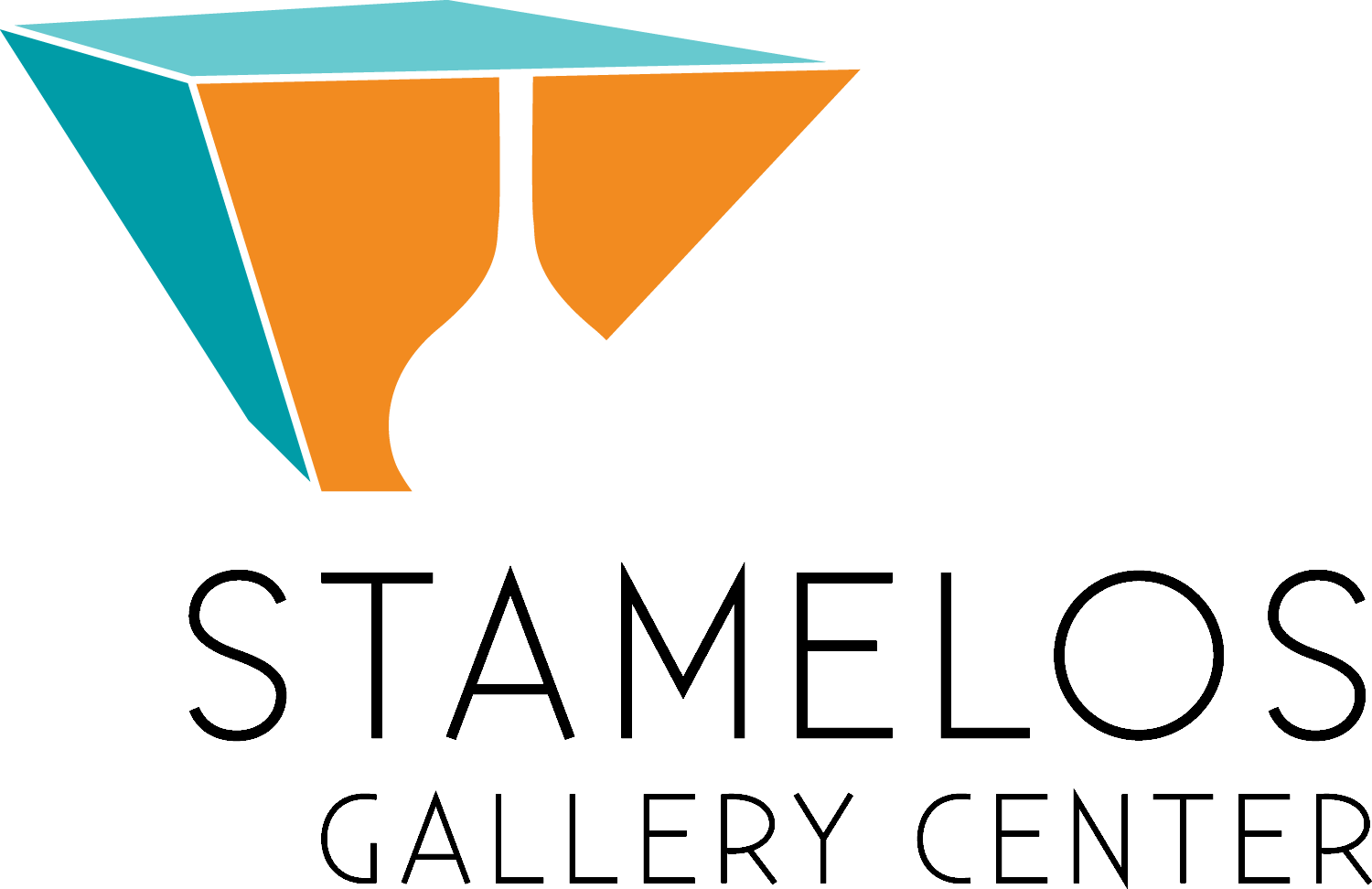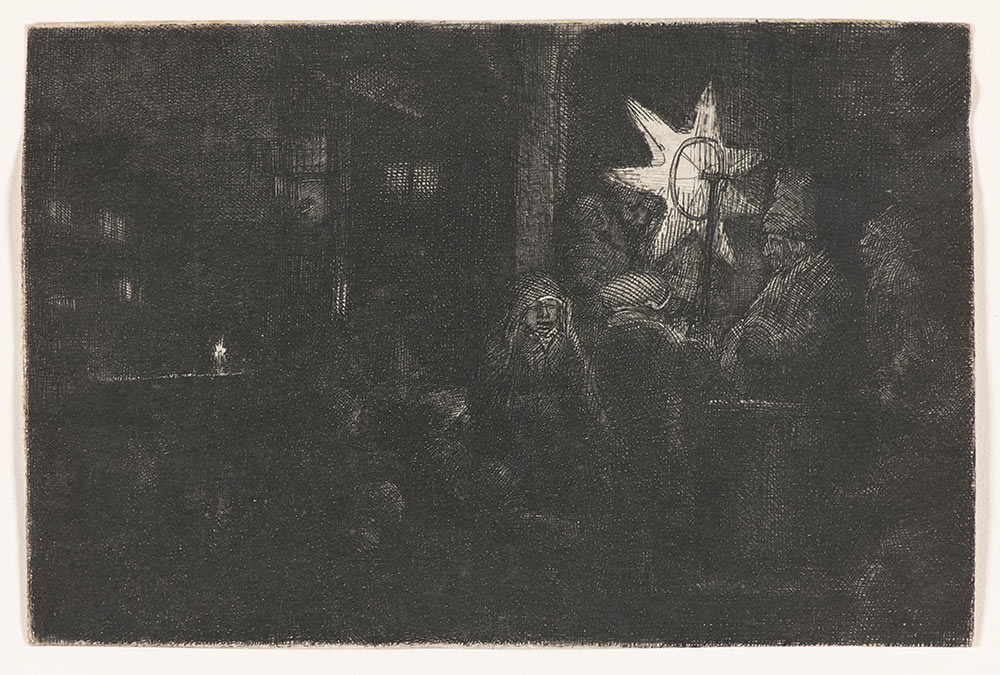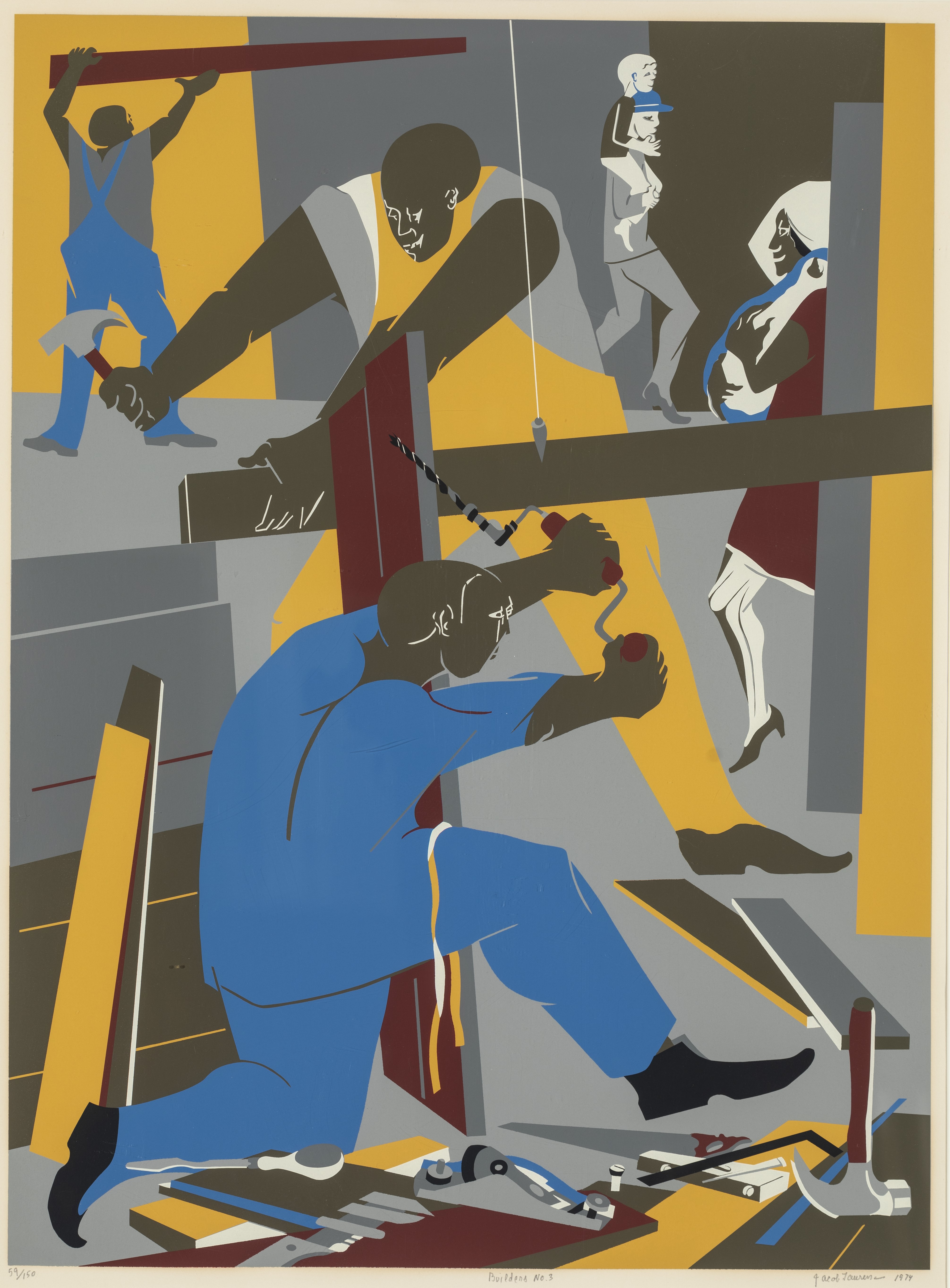
Exhibition opening reception: Friday, January 27, 5:00 - 7:00 p.m.
Featured Guest Speaker: Guest curator, Stanley E. Weed, 6:00 p.m.
The prints in this exhibition were produced at a time when the medium first emerged as a distinguished art form. Bracketed by two of the most famous graphic artists of their day, Albrecht Dürer (d. 1528) and Rembrandt van Rijn (d. 1669), the twenty-four prints on display illustrate the vast array of styles, techniques, and uses of prints during the Renaissance and early modern eras.
In the sixteenth and seventeenth centuries the graphic arts were experiencing a renaissance of their own as highly skilled artisans transformed the humble devotional print of previous generations into collectable masterpieces of art. Printmaking allowed artists significant freedom to supplement their income in between commissions, and to explore a diverse range of themes without the restrictions of patrons. Given that printmaking did not require a large monetary investment, and that large numbers of images could be printed from one plate for mass distribution, almost every artist of the era participated as either a designer or actual printmaker. Exhibited in this show are the works of fourteen different artists representing the regions of Germany, the Netherlands, Flanders, Bohemia, and England.
This exhibition does not focus on one specific technique or theme but rather serves as an introduction for exploring this formative era in the history of printmaking. Presented together are all four of the major printing techniques that artists had at their disposal including woodcut, engraving, etching, and drypoint prints, allowing for a side-by-side comparison of each technique’s characteristics and qualities. The oldest prints were created in woodcut, a relief printing process that involves carving out space on a wood block and leaving raised lines that formed the image. As goldsmiths and metalworkers became involved, intaglio, or incised printing emerged in the early sixteenth century. In this process a metal plate is incised with lines (engraving), eaten with acid (etching), or scratched (drypoint) to create an image on the surface, with the ink filling the lines for printing. Each technique produced unique works of art, with variations in tone and detail resulting in images that range from simple linear storytelling to those that rival modern black and white photography.
In addition to examining the variety of printmaking techniques, Art in an Age of Transition also delves into the complex social, political, and religious history of the era. When the printed image first began to appear in Western Europe, almost all artworks centered on religious and devotional themes, such as representations of saints or Biblical stories. These were sold as individual prints, bundled together as small pamphlets, or used to illustrate the many books that began to appear after Johannes Guttenberg’s invention of the printing press in the fifteenth century.
The appearance of the Renaissance in Northern Europe came with substantial changes to the ways that artists used printmaking. Religious imagery never went away, as evidenced by the large numbers of prints in the show, but now concepts of Humanism and stories taken from ancient Greece and Rome also became frequent themes. Artists also took advantage of the print medium to chronicle illustrious individuals, including themselves, to capture people going about daily lives, or genre images, and as a means to reproduce their own paintings for a new, mass-market audience. Perhaps the most significant use of the print medium was as a tool for propaganda and social change, most famously documented in the many printed images promoting Martin Luther and the Protestant Reformation. All of these themes can be witnessed in the context of the exhibition.


Jacob Lawrence (1917-2000), Serigraph print, 1974
Gift of Gilbert M. Frimet,
Collection of UM-Dearborn (1980.065)
Photographed by Tim Thayer
This powerful serigraph print from the permanent collection was created by Jacob Lawrence (1917-2000), one of this century's most widely acclaimed artists.
Lawrence was born in Atlantic City, New Jersey, but moved to Harlem, New York, at 13. He is among the few painters of his generation who grew up in a Black community, received instruction primarily from Black artists, and was influenced by the experiences of Black individuals.
Lawrence's artwork portrays the lives and struggles of the Black community, capturing their experiences through several series focused on figures such as Toussaint L'Ouverture, Frederick Douglass, and Harriet Tubman, as well as themes related to life in Harlem and the civil rights movement of the 1960s. His style is characterized by vibrant colors and abstract forms.
In the 1940s, during a time of widespread segregation, Lawrence broke racial barriers by becoming the first Black artist whose work was acquired by the Museum of Modern Art in New York City.
He stated, "If at times my productions do not express the conventionally beautiful, there is always an effort to express the universal beauty of man's continuous struggle to lift his social position and to add dimension to his spiritual being."
Researched and written by:
Julianna Collins, Stamelos Gallery Center former intern, UM-Dearborn art history/museum studies graduate, Class of 2025